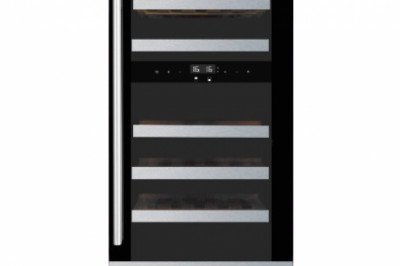views
A medical professional can inspect the interior of a patient's eye using an Ophthalmoscopes. The device has a light source, several lenses, and an angled mirror. The retina, optic nerve, retinal veins and arteries, as well as several issues that may impact the vitreous humour, can all be seen by a specialist using this imaging technique (the jellylike substance in the eye).
Ophthalmoscopes: a device used to look into the eye. The English mathematician and inventor Charles Babbage created a device that is said to have resembled the ophthalmoscope in 1847, although it is generally believed that the German physiologist Hermann von Helmholtz invented the ophthalmoscope in 1851. Later types of endoscopy were modelled by the ophthalmoscope.
The device comprises of a powerful light that may be focused via a tiny mirror or prism onto the eye. The examiner sees a nonstereoscopic magnified image of the structures in the back of the eye, including the optic disc, retina, retinal blood vessels, macula, and choroid, through a small hole in the Ophthalmoscopes where light reflects off the retina. The ophthalmoscope is very helpful as a screening tool for a variety of eye conditions, including diabetic retinopathy.












Comments
0 comment